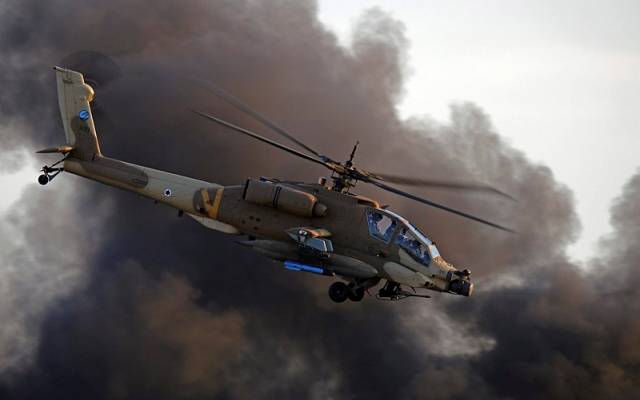As part of its war on ISIS, the US has now adopted Israel’s tactic of preventing civilian casualties by sending a “knock on the roof” warning – a small explosive meant to encourage civilians to leave the area before a real bomb is used.
The US Air Force is using an early warning tactic developed by the IDF to minimize civilian casualties in a war zone in its strikes against Islamic State (ISIS) terror targets in Iraq, a US military official revealed Tuesday.
Maj. Gen. Peter Gersten, deputy commander of operations and intelligence for the US-led coalition that is fighting ISIS in Syria and Iraq, said the US Air Force is now using an early warning method dubbed “roof knocking” to warn the residents of a suspected terrorist hideout that the premises has been marked and will soon be attacked.
The civilians have time to escape, while detractors say it also provides the terrorists with forewarning.
Developed during Operation Cast Lead, fought in the Gaza Strip against Hamas terrorists in December 2008 and January 2009, this tactic consists of firing a projectile near or above an intended target, signaling to anyone inside to leave the building prior to an aerial strike.
The IDF has been using this warning tactic in every military operation since 2009, with the aim of sparing as many civilian lives as possible.
(PLEASE NOTE: this clip was edited to make it seem that a minute did not actually pass)
Speaking with reporters on Tuesday, Gersten said the US Air Force employed the warning signal during its strike on ISIS targets in Mosul, in northern Iraq, stating that the “tactic and technique were inspired by the Israeli military.”
The US Air Force used the tactic early in April when targeting a building that housed an ISIS member in charge of distributing money to its members, as well as being a cash storage site containing some $150 million.
“We’ve certainly watched and observed their procedure,” Gersten said of the Israeli Air Force (IAD), while noting that the military did not coordinate with the IAF on the strike. “As we formulated the way to get the civilians out of the house, this (technique) was brought forward from one of our experts.”
The coalition conducted more than 33,000 airpower missions against ISIS. Since the beginning of the operation, the coalition struck about 459 vehicle-borne improvised explosive devices, 776 mortar systems, 1,933 logistics buildings housing these weapons, 662 weapons caches, and 1,341 staging areas.
By: JNS.org and United with Israel Staff
